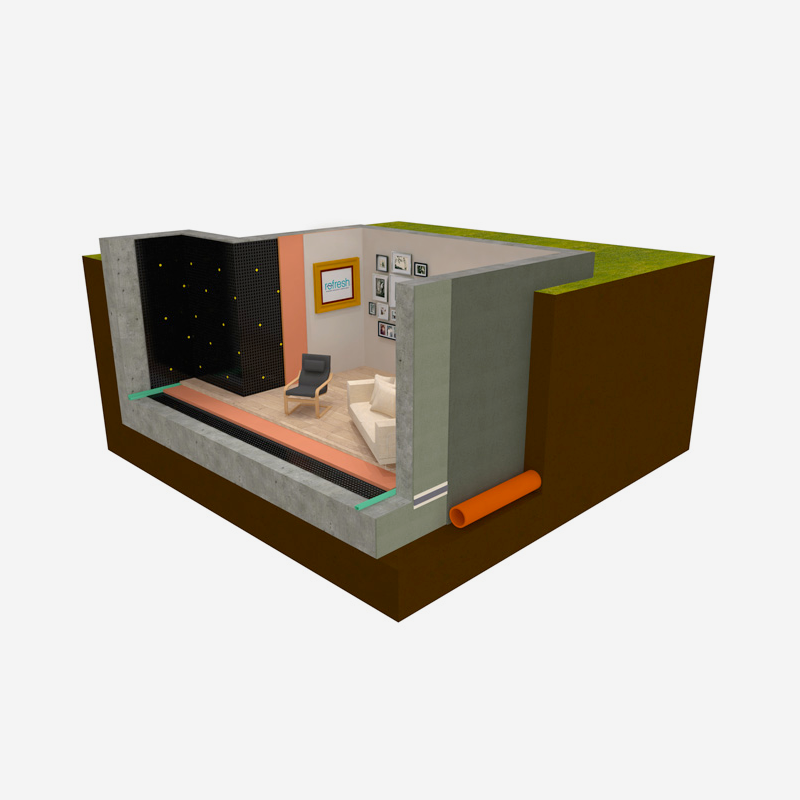Waterproofing a basement is essential for protecting your property from water damage, structural damage, and the long-term effects of dampness. Basements are naturally vulnerable to water ingress due to their position below ground, where groundwater pressure can force moisture through walls, floors, and joints. Over time, this can lead to damaged foundations, rotting timber, mould growth, and ruined belongings. Whether you use your basement for storage, living space, or utilities, waterproofing helps maintain its usability and adds long-term value to your home.
Beyond property protection, waterproofing also plays a key role in health and safety. Poor ventilation in damp basements can create ideal conditions for mould spores and mildew to grow, which may trigger respiratory issues, allergies, and other health concerns. By preventing excess moisture, basement waterproofing supports a healthier indoor environment and reduces the risk of costly repairs caused by rot, decay, and compromised structural elements. Working with waterproofing experts ensures the right solutions are applied based on your property’s specific needs, while professional damp proofing further strengthens your defence against moisture-related issues, giving you peace of mind and long-term protection.




